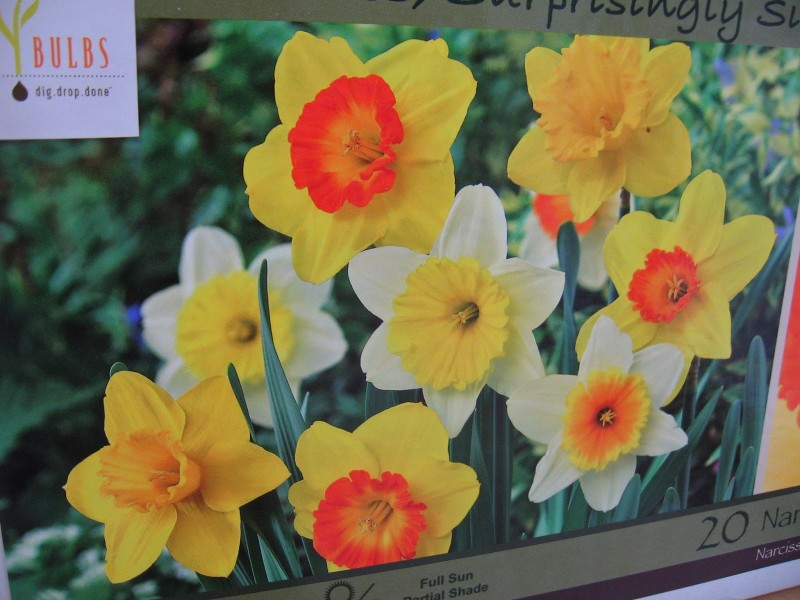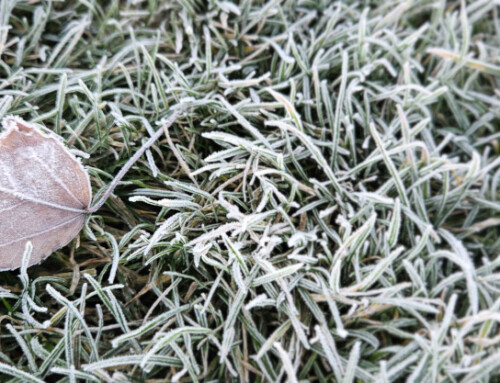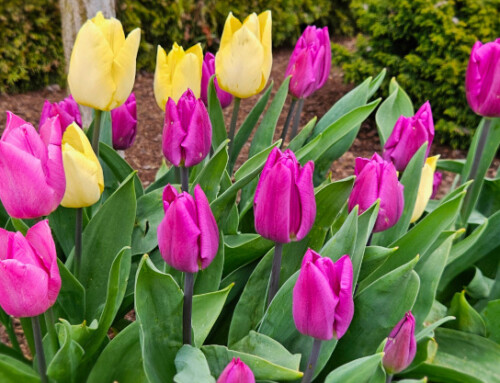From the football field to a game of chess, a successful player or team anticipates its opponent’s moves and prevents the rival from advancing. In gardening, the same rules apply, and while November isn’t always the most pleasant time for yard work, it’s a crucial time for a few final tasks around the yard and garden to avoid playing catch-up next spring.
First, now is the time to put your lawn to bed. Leaves are falling, and whether you choose to rake your leaves or suck them up with your lawn mower, be sure to remove them before winter sets in. With the crazy year we’ve had, some trees lost their leaves weeks ago while others are strangely still green. At whatever stage your trees are now, don’t forget to check your lawn for leaves after the last have fallen as any leaves left on grass over winter will smother and kill those areas.
Now is also the time to prevent insect damage to your turf. Mild, wet weather provides perfect conditions for night crawlers to get active again, and while they can be good for aerating your soil, left unchecked they can turn a smooth lawn into a lumpy, uneven mess. Spread Bonide Eight insecticide now for control of night crawlers and other damaging insects, particularly cranefly larvae, which eat grass roots over winter, killing it by mid-spring.
Another step you can take now to ensure a healthy winter lawn is moss control. While it’s been awhile since we’ve had moss issues, undoubtedly it’s starting to creep back into your lawn now that the rains have returned. Spread ferrous sulfate moss killer to knock it down–available at Vander Giessen’s–then, if you haven’t yet applied your Scotts Turf Builder Winterguard fertilizer, do so a week or two after you apply the moss killer to encourage the lawn to fill in over winter, further discouraging moss growth.
Next, take time to inspect the plants in your flowerbeds. While you’re cleaning leaves out from around your shrubs and perennials, look for any insect damage or the insects themselves. The change in weather has knocked back a lot of the aphids and other insects you might have battled earlier in the year, but if you still see evidence of bugs, it’s wise to spray them now. If we end up with another mild winter this year, a lot of insects will overwinter, so avoid the frustration of damaged plants at the outset of next year by controlling the population now. At Vander Giessen’s, we can recommend the best spray or dust to control your bug problems.
Lastly, it’s still prime time to plant bulbs for spring color. Well worth the time spent planting, bulbs brighten up your yard at just the right time when you’re sick of the gray days of late winter and early spring.
One common frustration I hear from customers who like their flowerbeds to look tidy is the amount of time it takes for bulbs to die down after they bloom. To avoid the “messy” look of dying bulbs, plant clusters of bulbs in black plastic nursery pots (most garden centers will sell you surplus pots), then bury the pots in the ground.
When the flowers are finished, simply pull the pots out of the ground and move them to a back corner of your yard where the bulbs can die back properly. Not only does this keep your yard looking nice, it allows you to keep better track of where your bulbs are should you choose to replant with different colors or want to divide the bulbs you have.
As you wind down your gardening endeavors for winter, take the proper steps now to ensure a good start to next spring.








Leave A Comment